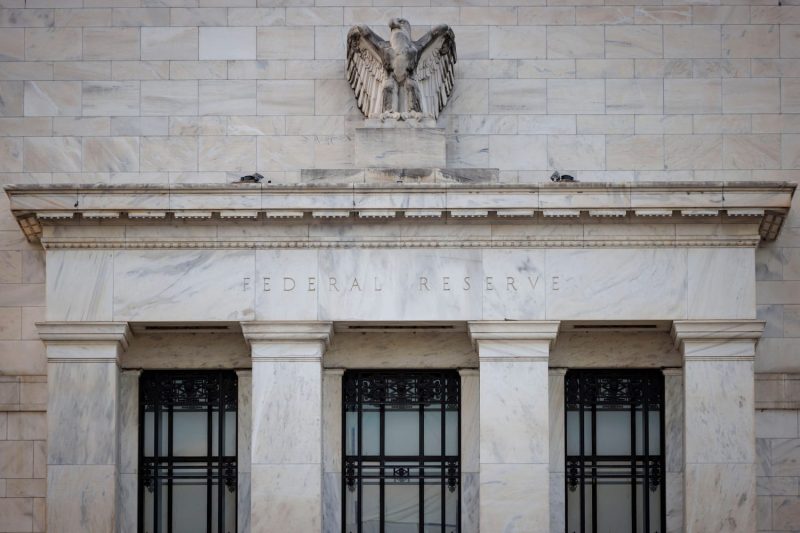The recent release of the Federal Reserve’s meeting minutes has sparked discussions among economic experts and investors alike, pointing to a potential rate cut in September. Analyzing the language used in the minutes, key phrases such as global developments, uncertain outlook, and inflation pressures muted have been emphasized, signaling concerns about the state of the economy.
One of the primary reasons driving speculation about an upcoming rate cut is the escalating trade tensions between the United States and China. The ongoing trade war has resulted in increased uncertainty in global markets, impacting business investments and consumer confidence. In response to these concerns, the Federal Reserve is considering a preemptive rate cut to bolster economic growth and stabilize financial conditions.
Another factor influencing the potential rate cut is persistently low inflation rates. Despite a strong labor market and robust economic expansion, inflation remains below the target rate of 2%. The Fed aims to stimulate inflation to prevent deflationary pressures and support sustainable economic growth. Lowering interest rates is seen as a tool to encourage spending and investment, thereby boosting inflation levels.
Moreover, the global economic landscape presents challenges that could spill over into the U.S. economy. Slowing growth in other major economies, such as Europe and China, coupled with geopolitical uncertainties, pose risks to the stability of the U.S. economy. By reducing interest rates, the Federal Reserve hopes to shield the economy from external shocks and navigate through turbulent times with monetary policy support.
Market reactions to the possibility of a rate cut have been mixed. While investors have welcomed the prospect of lower borrowing costs and increased liquidity, some analysts caution against excessive reliance on monetary stimulus. Concerns about potential asset bubbles and diminishing policy tools in the event of a future downturn have been raised, underscoring the importance of a balanced approach to monetary policy.
In conclusion, the signals from the Federal Reserve’s meeting minutes suggest a high likelihood of a rate cut in September to address economic challenges and uncertainties. By proactively adjusting monetary policy, the Fed aims to sustain growth, support inflation, and mitigate risks to the economy. As the situation evolves, market participants will closely monitor incoming data and Fed communications for further insights into the timing and magnitude of the anticipated rate cut.
